Juniors find themselves at the forefront of CSR
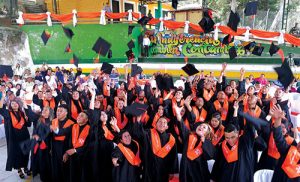
Graduates of a joint underground mining training initiative by Colombia’s National Training Service and Continental Gold. Of the 53 graduates this year, 19 are women – the first in the country to be certified as underground mining technicians. CREDIT: CONTINENTAL GOLD
Larry Fink, CEO of investment management firm Black- Rock, recently made headlines when he said in an annual letter that “society is demanding that companies, both public and private, serve a social purpose.”
Since its founding in December 2016, the Development Partner Institute for Mining (DPI) has been advocating a similar idea for the mining sector – that, in order to move their projects forward, mining companies need to work with stakeholders to define a shared purpose.
“It’s about that very deep level of understanding – getting beyond the superficial and really seeing each other as humans who have a common interest and finding that common interest, that shared purpose,” said DPI executive director Wendy Tyrrell at a CSR session at this year’s Prospectors and Developers Association of Canada (PDAC) convention.
If this is a tall order for miners that requires a shift in how they do business, it must sound like an insurmountable obstacle for under-resourced juniors. Since juniors are usually the first point of contact with any community, DPI organized a session at PDAC to bring together representatives from junior mining companies, mining impacted communities, governments and NGOs to discuss the role of juniors in this new vision of mining.
‘Poisoned’ relationships
Since major mining companies have outsourced exploration to juniors for at least the past 20 years, they have also left juniors with the critical task of establishing positive relationships with communities, said Gordon Bogden, chairman of Black Loon Metals.
“The juniors remain the first movers – they’re the first ones into any new areas,” Bogden said. “So the junior has to be skilled at this initial engagement with communities, engagement with government.”
The problem is that they often don’t have these skills, or realize the importance of transparency in building trust from the outset, said Mark Podlasly, a trustee with the Nlaka’pamux Legacy Trust and member of the Nlaka’pamux Nation in B.C.
“The junior miners who come in, we’ve had situations at the beginning where they would be quite secretive and competitive (against other juniors), and it poisons the relationship right at the front,” Podlasly said. “You have Indigenous communities not trusting the juniors, concerned that if they sign any agreement it will be used against them in a court of law later.”
That type of mistrust can be long-lasting – and can affect the value of a mineral project in the eyes of a major company looking for development prospects.
“At another function, (Anglo American CEO) Mark Cutifani made a great comment as a senior operator of mines,” Podlasly continued. “He said that now the juniors are assuming the risks on exploration, they’re developing the projects that then get passed up to the seniors. The seniors are now in a position though that these projects that are poisoned right at the beginning can’t ever happen because of the actions of the juniors on the ground with the Indigenous people,” Podlasly said.
“So from self-interest, if you’re a junior you want the value of an Indigenous partner; you want the value of a community that says, ‘this is something that we value,’ because you’ll get renumeration for that later as this thing moves up the chain.”
Practical advice

A panel organized by the Development Partner Institute at PDAC, including Alexandra Guaqueta, Carolyn Burns, Mark Podlasly, David de Launay and Harry Kim. CREDIT: DEVELOPMENT PARTNER INSTITUTE
For juniors working in Canada, what’s most important is respect for the Indigenous communities they will have to work with.
“If there’s one piece of advice I can give a junior coming into a territory, it’s don’t be a d—k,” said Podlasly, prompting laughter in the audience. “That’s what happens – people come in and they think, ‘Oh, you are uneducated, you’re backwater – we are from the big city, we have the ability to do all these great things.’ We don’t care. Because we can get the skill sets we need that you have, we can find the same technology.”
Juniors need to build positive relationships from the start to avoid mistrust. Especially since Indigenous communities don’t have the time constraints that exploration companies do.
“We’ve been here thousands of years. We can outlast your credit. You’ll be gone and somebody else will be there five years later.”
While there are a lot of examples of what not to do for juniors setting out to establish positive relationships with local stakeholders, there are also some that show the possibilities of what can be done.
Alexandra Guaqueta shared her insights as international standards manager with Continental Gold, a junior that is building the first modern gold mine in Colombia.
“A strong sustainability performance has been at the core of our so-far success story for different reasons. Conviction, survival, need to seek financing and the desire to be in the game for the long haul in Colombia and Latin America,” Guaqueta said.
As a result of its focus on sustainability and listening to its stakeholders, Continental chose not to close down a small-scale mine that was operating on its property because of its role in the community as a provider of 100 jobs.
The company faced a much bigger CSR challenge after it started making mineral discoveries, prompting an inflow of 8,000 informal miners to the area, many of whom were connected with criminal organizations. Continental worked with the community and law enforcement to take part in a co-ordinated response.
“We understood that we had to move quickly and that we had to have a multi-tiered strategy if we wanted the business to go forward. So we approached the national government, regional government, local government, and we were part of this multi-tiered strategy – on one hand law enforcement and security, but on the other hand also development,” Guaqueta explained.
For their part, the government led with a zero violence police and military intervention to return illegal miners who had travelled to the area back to their points of origin.
The company followed with a strategy to provide alternative livelihoods to the local community – who had economically benefitted from the illegal mining boom, despite the security issues it had caused.
“Moving ahead quickly with alternative livelihood programs was key to demonstrate to communities that legal mining was going to be better for their development and progress going forward,” Guaqueta said.
Don’t go it alone
The Continental Gold example is instructive in that the company reached out to local, regional and national authorities and built a network that shared common goals and purposes.
It’s actually a good idea for juniors to seek out the NGOs that work in the local area of exploration, as well as the wider region, said Carolyn Burns, executive director of the Devonshire Initiative, an organization that aims to bring together mining companies and NGOs on common objectives around development. “Their perspective can help you understand the local context,” said Burns.
While the two groups might not always agree on everything, they do have some common objectives that they can work on together.
“NGOs can be really good development partners,” said Burns, adding that it is possible to work with even NGOs who are outwardly anti-mining.
“Some NGOs might be anti-mining or less supportive of the mining industry and others will be open to the industry. And that is because of both perceived and actual historical impacts of mining and it’s important to remember that context,” Burns said. “Just because an NGO or civil society group presents itself as anti-mining, doesn’t necessarily mean that they can’t be a partner or that you can’t find a way to form a good relationship with them.”
Informal collaboration between the sectors often starts by building individual relationships, she explained.
“When you get to know the person on the other side – if it’s a tenser relationship – then it really goes a long way to breaking down a lot of your preconceptions or allowing you to talk and communicate in a way that’s more effective.”
Lastly, for juniors who have early stage exploration programs and are not sure exactly where they will be exploring next, partnering with an NGO can help establish a regional presence as well as continuity and sustainability in their social investment programs.
CSR costs
What are the best ways for resource constrained juniors to deliver CSR programs and stay focused on sustainability?
Harry Kim, managing director for Hatch’s global environment services group, says it’s something that needs to be incorporated from the early stages of a project.
“With respect to where CSR/sustainability sits in the project life cycle, Hatch’s perspective on projects is to look at it holistically and that includes the early stage engagement process through to prefeasibility and feasibility, right to closure – so a cradle to grave perception around projects and engaging with clients and communities to advance projects in a socially responsible manner,” Kim said.
Kim says it’s a misperception that doing so is too expensive for juniors.
“One thing I hear all the time from juniors is: “CSR/sustainability – I can’t afford it. There’s no room in the budget, capital is tough enough to get to advance our projects.’ I’m here to challenge that. Transparency, disclosure and inclusion are not big ticket items. We can incorporate that into your projects, the early stages including around Indigenous engagement, and actually add value to your projects in terms of the investment grade to the senior miners.”
Communication is key to understand communities’ priorities and to set realistic expectations.
Continental’s Guaqueta said that CSR takes time, but is not as costly as companies may think.
“Our story has been possible because there’s been a shared vision and purpose among various actors – local communities, local authorities, regional and national authorities, the market, our investors – and a key to this is investing time in relationships,” she explained. “It’s not only about putting money for small infrastructure projects or that part of the more tangible, short term economic benefit – it’s just the time.”
Guaqueta added that as Continental has advanced its business and kept an eye on the company’s short term needs, it has also paid attention to the long-term goal of helping to strengthen the capacity of the local community, as well as local authorities, to navigate economic, social and security challenges.
“For us, the way in which we do things – not just how much we do – and that focus on institutional and local capacity strengthening along the way has been key in building that common purpose.”
Indigenous communities
David de Launay, deputy minister of northern development and mines in Ontario, noted that one of the most important jobs of governments is to provide some certainty over land tenure to encourage mineral exploration and development. But Indigenous groups are challenging historical land tenure systems.
“In colonial structures, it was governments that came in, took over the land, through treaties or just took it over, and through its own legal system we’ve created Crown land. We’re seeing more and more (examples) – and the Aboriginal title example in Canada is a very good one – where Indigenous groups are challenging that. They’re challenging that colonial history, challenging that whole history of land tenure,” de Launay said.
“Government has a huge role then to work with local communities and to work with companies to develop this new approach that ensures that there’s more of a level playing field and that Indigenous communities and communities in general will benefit in a development model of mining and not just in an exploitation model of mining,” he added.
The United Nations Declaration on the Rights of Indigenous People (UNDRIP), which contains the principle of free, prior and informed consent, is something else that’s changing the environment for Indigenous rights around the world, said Podlasly.
“It’s coming into effect in Canada federally very soon. It’s already in effect in a lot of places around the world,” he noted.
“What does that mean to you as a junior? It means that you are going to have to up your game in terms of understanding the Indigenous community but also to understand what levers are available to you in development.”
Indigenous Peoples around the world are already very well versed on UNDRIP and their rights under it, Podlasly said.
That said, while the relationship between mining sector and Indigenous Peoples is changing, that doesn’t mean that mining projects can’t move forward.
“Aboriginal people around the world are starting to see the possibilities of development if it’s done in a respectful manner and in a way that is beneficial to the community,” Podlasly said.
“And that means equal partnerships, transparency. It means having a longer-term relationship with a mining company that will allow the community to meet its goals – environmental, social, economic – and that means moving towards new relationships that haven’t happened before.”
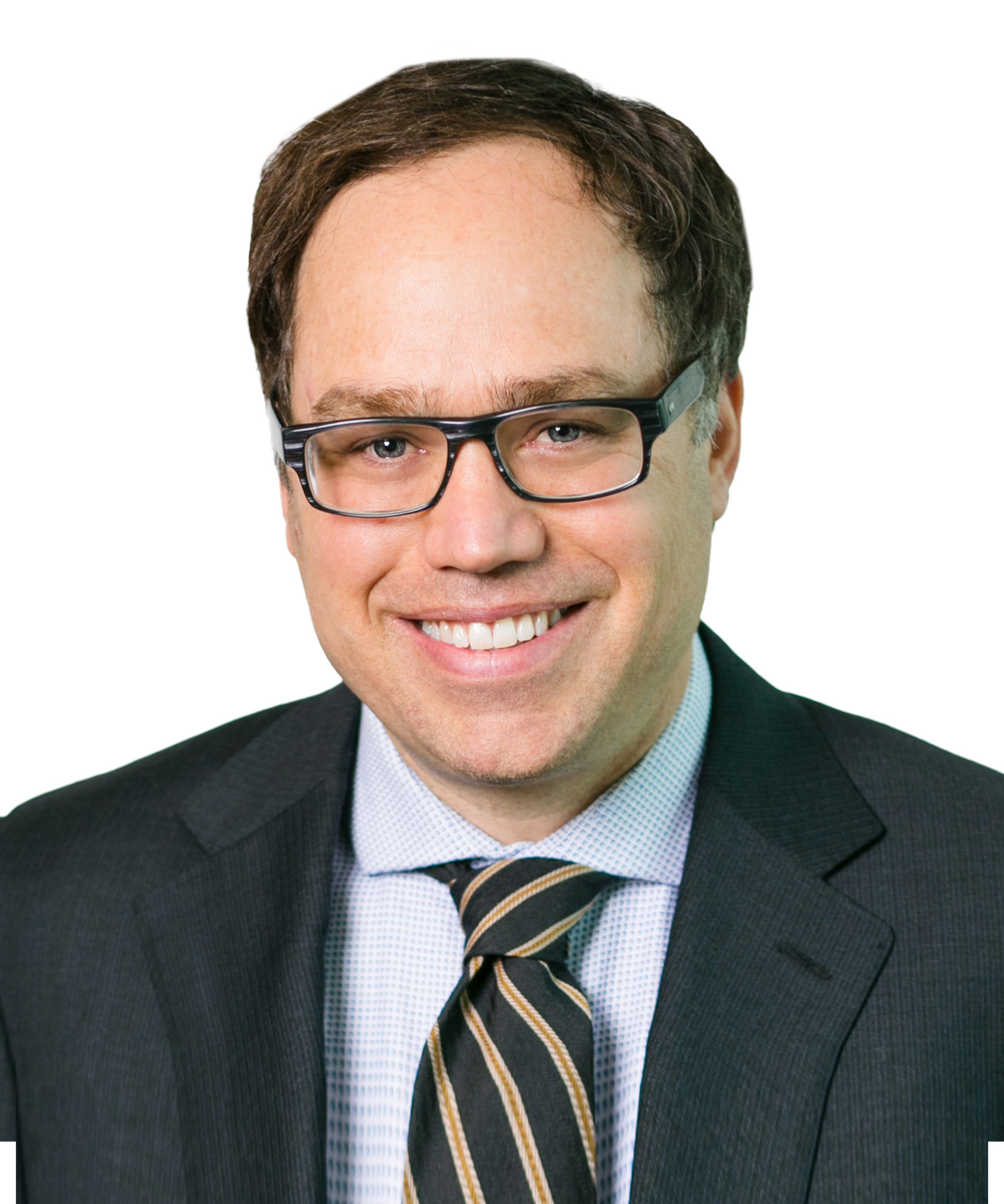
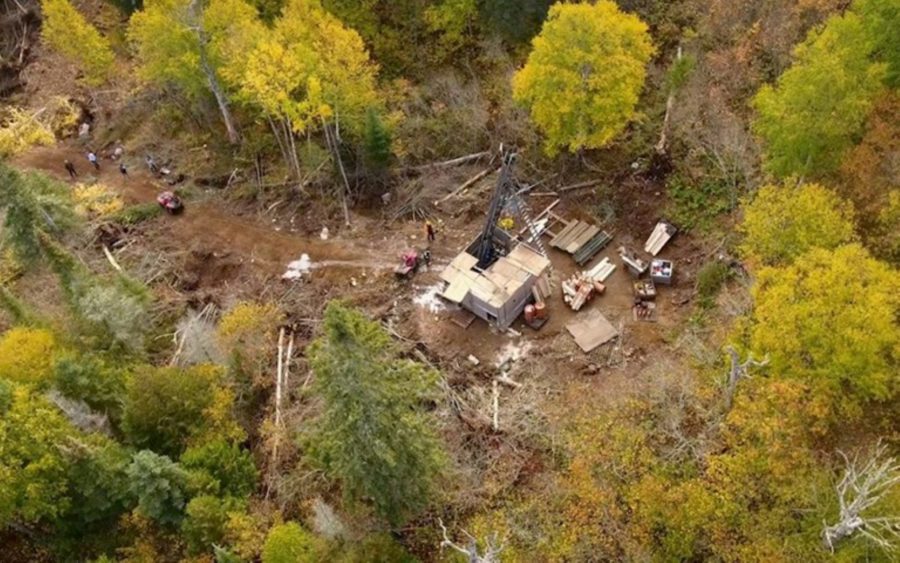
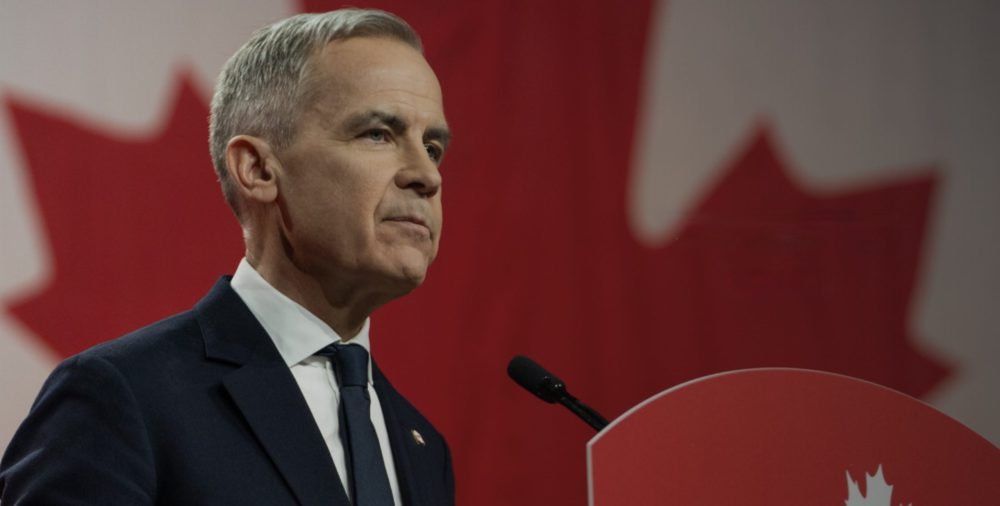
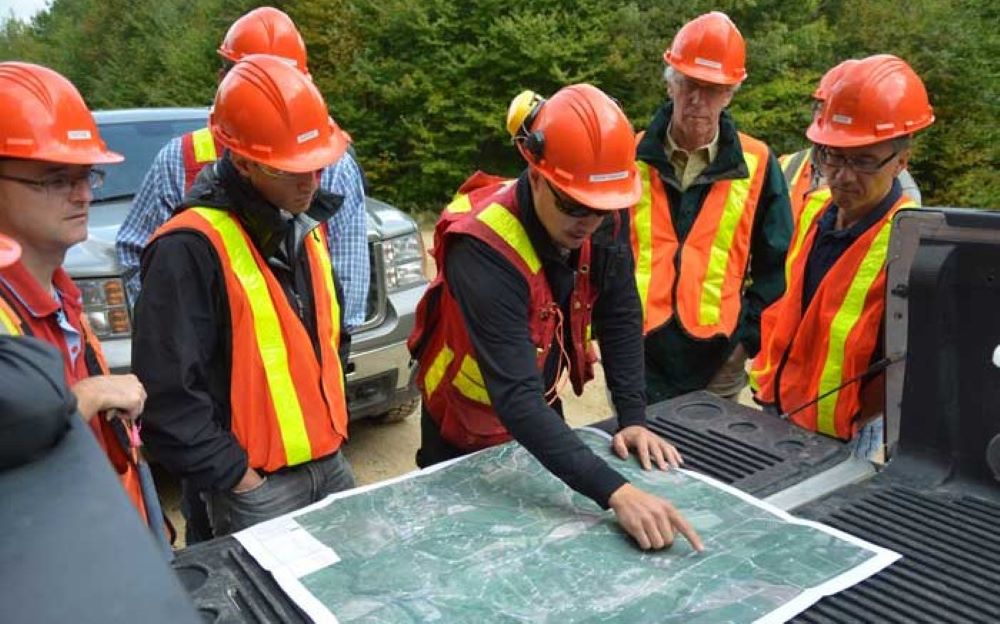

Comments